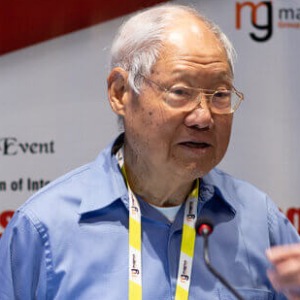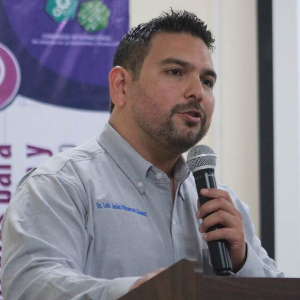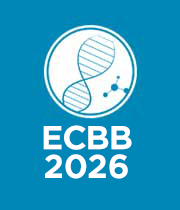Biopharming
Biopharming is the process of producing (or 'farming') medicinal compounds for therapeutic use using transgenic plants or animals. This entails putting target genes into hosts (crops or animals) that would not usually express them. The desired component may be expressed in a form that may be harvested on a regular basis (e.g., milk, eggs, fruits, etc.). The use of crops for bio-production of a recombinant protein (i.e., enzyme or antibody) or a system that includes bioreactors in vitro is referred to as biopharming. In comparison to industrial expenses, this approach provides great economic and health benefits, aided by new biotechnology methods that are improving. Plant biopharming is described as the cultivation of transgenic plants that have been genetically modified to produce "humanised" medicinal compounds for human use. "Molecular farming" is another term for biopharming. Corn, soybeans, rice, tobacco, and potatoes engineered to generate a material, usually a protein, vaccines, in their fruit, leaves, seeds, or tubers, are the most popular plants now being investigated for biopharming.

Murray Moo Young
University of Waterloo, Canada
Limongi Tania
University of Turin, Italy



Title : Improving health in over 40,000 patients: The impact of nanomedicine fighting antibiotic resistant infections
Thomas J Webster, Brown University, United States
Title : Advancement in dual lateral flow immunoassay design for sensitive, rapid detection of rotavirus and adenovirus in stool samples
Ayan Ahmed Isse, Genexus Biotech Company, Somalia
Title : Evaluating cell compatibility and subcutaneous host response of silk fibroin–chitosan plug composites as potential resorbable implants
Luis Jesus Villarreal Gomez, Universidad Autonoma de Baja California, Mexico
Title : Renewed novel biotech ideas, with bioreactor bioengineering economic impact
Murray Moo Young, University of Waterloo, Canada
Title : Osmotic lysis–driven Extracellular Vesicle (EV) engineering
Limongi Tania, University of Turin, Italy
Title : Diversity analyses of microbial communities in Armanis gold-polymetallic mine and acid mine drainage: Bioremediation
Anna Khachatryan, SPC Armbiotechnology of NAS of Armenia, Armenia